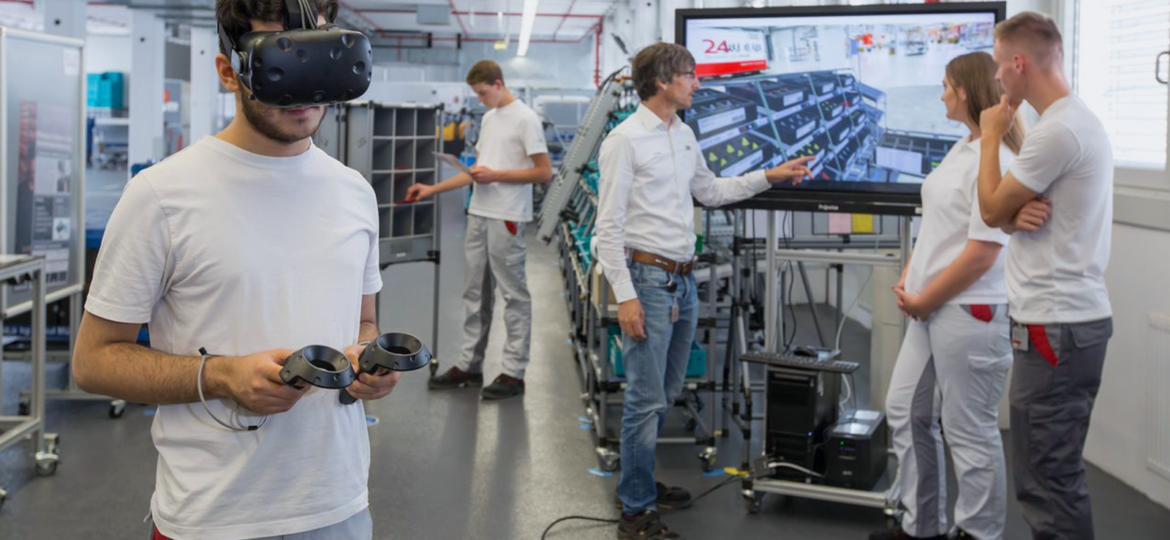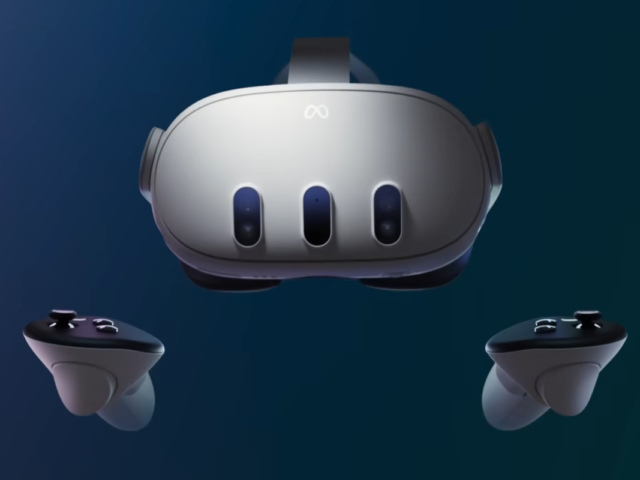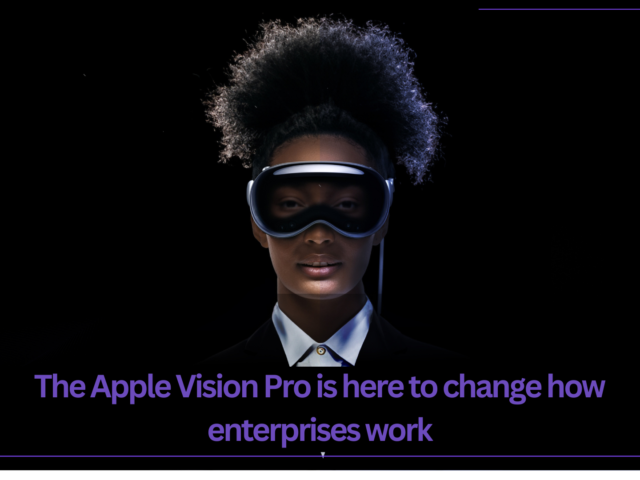Accelerating Motor Learning: How VR Can Facilitate Enterprise Training Which Sticks
Introduction:
In today’s fast-paced corporate landscape, employees need to learn fast, learn often, and have the ability to remember and correctly apply what they learned. However, traditional training methods such as classroom lectures often fall short in delivering learning experiences that stick. Fortunately, with the advent of virtual reality (VR), a transformative solution has emerged that has the potential to revolutionize the way employees learn and acquire new motor skills.
In this article, we explore the stages of motor learning and talk about how VR can expedite and enhance the learning process at every stage.
Stage 1: Cognitive Stage
The cognitive stage is the initial phase of motor learning, where employees make a conscious effort to observe and understand the task at hand. During this stage, employees familiarize themselves with the theoretical aspects and fundamental techniques of a particular skill, which is very important in order to have a solid foundation for training. Traditional training methods often rely on theoretical lectures and passive learning, which may not fully engage employees. This is where VR steps in.
VR enables employees to immerse themselves in realistic, interactive simulations that replicate their work environment.For example, imagine an employee learning to operate complex machinery. In a traditional training setting, they may receive theoretical lectures and study manuals. However, with VR, they can enter a virtual factory floor, where they interact with virtual machinery and learn about all the parts and intricate operations through hands-on experience. This immersive learning environment allows them to understand the theoretical aspects while actively engaging with the equipment, enhancing their cognitive learning.
Stage 2: Associative Stage
The associative stage is where employees refine their skills through practice, repetition, and error correction. In traditional training, this stage typically involves supervised practice sessions or on-the-job training, which may be time-consuming and resource-intensive. However, VR offers a cost-effective and scalable solution.
In a VR environment, employees can practice their skills repeatedly and receive immediate feedback without the need for constant supervision. Take, for instance, a customer service representative learning to handle difficult customer interactions. In a traditional training setup, they might participate in role-playing exercises with supervisors providing feedback. With VR, they can engage in realistic virtual scenarios where they interact with virtual customers, allowing them to practice their communication and problem-solving skills. VR simulations offer a safe and controlled environment to make mistakes, learn from them, and refine their techniques, expediting the associative stage of learning.
Stage 3: Autonomous Stage
The final stage of motor learning is the autonomous stage, where skills become automatic and require minimal conscious effort. Achieving this level of proficiency traditionally involves years of practice and experience. However, VR can significantly expedite the process of getting to this stage by providing employees with realistic, high-pressure scenarios that demand quick decision-making and seamless execution.
For instance, let’s consider a scenario where employees need to learn how to operate a specialized machine on the factory floor. In traditional training, they would receive verbal instructions, observe demonstrations, and gradually attempt the task under supervision. This learning process can take weeks or even months to reach the autonomous stage. By leveraging VR training, employees can enter a virtual replica of the factory. They can interact with virtual machinery, controls, and objects in a safe and controlled environment. Through realistic simulations, employees can practice operating the machine, performing complex maneuvers, and troubleshooting potential issues, without causing any harm to themselves or the machine.
The advantages of VR in Enterprise Training:
- Realistic and Immersive Experiences: VR transports employees to realistic virtual environments, offering a heightened sense of immersion and presence that traditional training methods cannot replicate. For example, firefighters can train in virtual burning buildings to experience realistic scenarios and learn how to handle emergency situations effectively.
- Safe and Controlled Learning Environment: VR allows employees to make mistakes without real-world consequences, facilitating risk-free practice and exploration. For instance, airline pilots can undergo virtual flight simulations to practice emergency landings and handle critical situations without compromising passenger safety.
- Customized and Scalable Training: VR simulations can be tailored to meet specific enterprise needs, providing consistent and scalable training experiences across geographically dispersed teams. For instance, sales teams can engage in virtual role-playing exercises to enhance their negotiation and sales skills, regardless of their physical location.
- Cost and Time Efficiency: VR reduces the need for expensive physical training setups, travel expenses, and extensive training hours, making it a cost-effective solution for enterprises. For example, industrial workers can receive safety training through VR simulations, eliminating the need for on-site equipment and minimizing the risk of accidents during training.
Virtual reality has ushered in a new era of employee training, revolutionizing the way enterprises facilitate motor learning. By leveraging VR technology, employees can progress through the stages of motor learning at an accelerated pace, with enhanced engagement, retention, and skill refinement.
Enterprises which embrace VR as a training tool open doors to a future where learning and skill development are more engaging, impactful, and accessible to all. Are you one of them?
Book a free consultation today at +91 7845863639 or hello@xrlabs.co.
Related articles
Get ready for the next generation of immersive experiences! Explore what’s in store with Meta Quest 3, Meta’s latest XR headset. Don’t miss out!
The Metaverse has emerged as a force to be reckoned with in our ever-evolving digital landscape, revolutionizing the way businesses engage their customers. And one arena they have begun exploring in gusto is shopping.
Now, nearly 40 years later, we find ourselves on the cusp of yet another reinvention of the personal computer, once again by Apple. It is speculated that the company will debut its much awaited XR headset at its Worldwide Developers Conference on June 5th.




